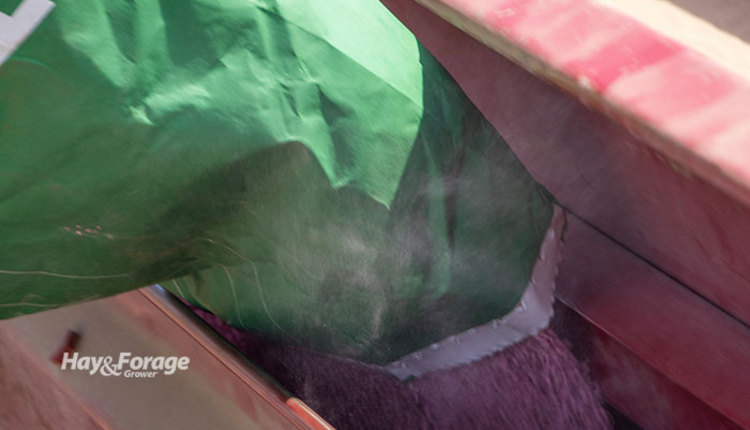
Every state has their recommended seeding date range for establishing cool-season forage species in the spring. There are even “drop-dead” dates established by USDA’s Risk Management Agency whereby they will no longer insure new seedings. These dates have all been established for good reasons, mostly to maximize the odds of a successful establishment outcome.
But what if it gets late and you’re already beyond the recommended range for cool-season forages?
When I worked as an extension agent, this predicament would come up often, and I would be hung with giving a farmer my blessing to seed anyway or keep their seed in the bag.
Over the years, I became more prone to offer my blessing than tell a person they shouldn’t plant. The only exception was if conditions were dry and future rainfall was nowhere in sight. In late-May or June, this was an extremely rare situation in humid Wisconsin.
We like to seed cool-season forage species early because they germinate at relatively cool soil temperatures, they can get ahead of the weed flush that comes later, moisture is usually a nonissue, and total-season forage yields are enhanced. There is also a lower risk for hard thunderstorms that can wash seedings away or cause severe soil crusting and erosion.
Some risks are greater
For late plantings, we can flip all those advantages into risk factors. The primary one is the better odds for hot, dry soil conditions. What we don’t want to happen is to get a little rain, germinate the seed, and then have our seedbed turn to dust. That is a forage seeding’s apocalypse.
Weeds can definitely be an issue with later plantings; however, there are viable herbicide options, especially for pure alfalfa seedings. Glyphosate resistant varieties makes weed control for alfalfa relatively easy with little risk of crop injury. Of course, there are other good herbicide options as well.
If seeding alfalfa and grasses together, weed control must be taken into consideration before leaping into a late planting. It could be a deal breaker if weed competition is expected to be a problem. Seeding-year forage yield, for any type of planting, will generally be reduced for delayed plantings compared to earlier seedings.
If weeds aren’t a particular concern or can be dealt with, soil moisture is really the only limiting factor for a successful late seeding. One thing to keep in mind is that soils are warmer and seedling emergence is much faster with a late seeding date. Cold-soil seedling diseases may also be less of a problem.
A planned late-seeding approach
Tom Kilcer, a private crop consultant based in Tennessee, recently wrote about a system that he’s encouraged farmers to try. Kilcer says that he and other farmers have had success making no-till legume seedings following the forage harvest of a winter-annual crop such as rye or triticale. “Our surprise when we first tried this is that we got better and thicker stands than when we planted in early spring,” the crop consultant notes.
“With a 3-inch (winter annual) stubble, the wind is kept off the soil surface so the soil is moist right to the top,” Kilcer explains. “When it rains, the stubble captures the moisture and channels it into the soil surface.”
Kilcer suggests spraying the winter forage stubble with a low rate of glyphosate and 15 gallons of water per acre to ensure coverage of small emerging weeds. Then, give it an hour to dry and plant with a no-till drill or a conventional drill with press wheels.
Planned or not, there are bigger risks we can take in a forage production enterprise than seeding into early summer. Although it may not be wise in every situation, don’t get too alarmed if the normal “drop-dead” seeding date passes by.

